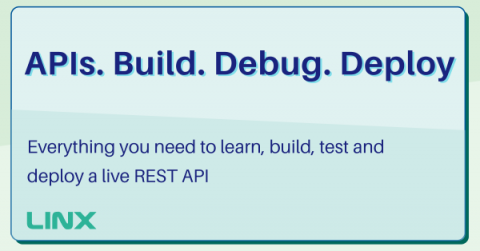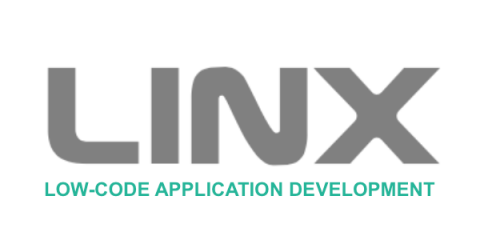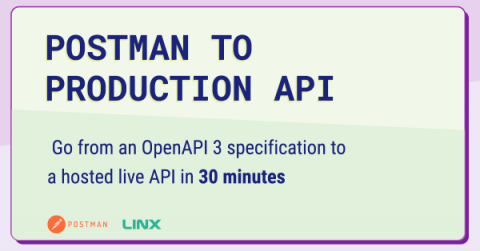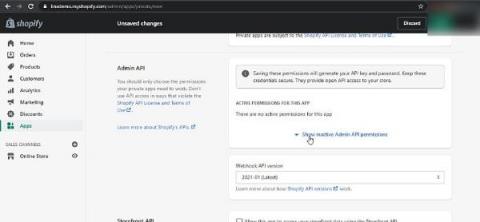Sage Intacct Integration
Sage Intacct is one of the largest cloud-based accounting systems, offering a web service to facilitate integrations. This post covers how you can consume the Sage Intacct web services with Linx. TLDR: Download the demo solution to fast-track your development.









